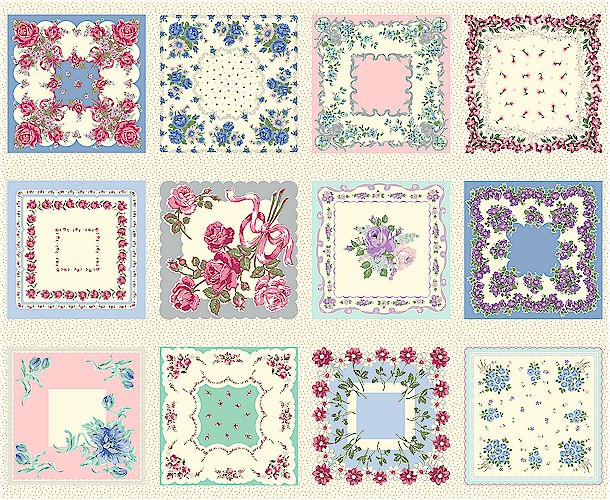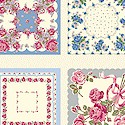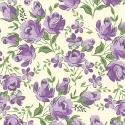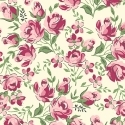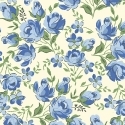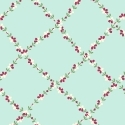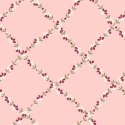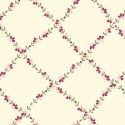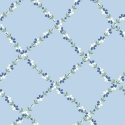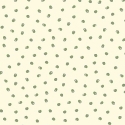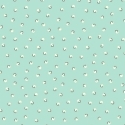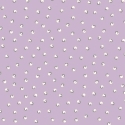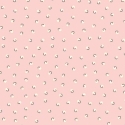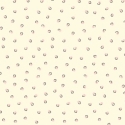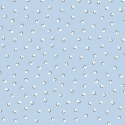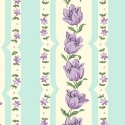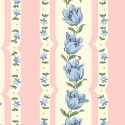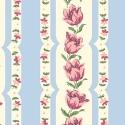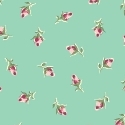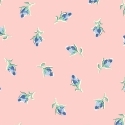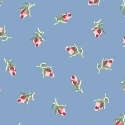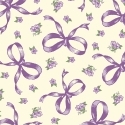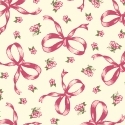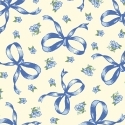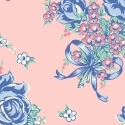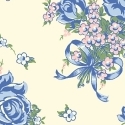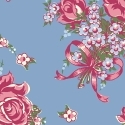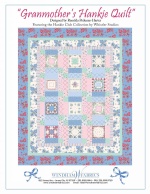Hankie Club
by Whistler Studios
One of the true fashion innovations of the sixteenth century was the introduction of the handkerchief as a fashion accessory. Handkerchiefs themselves were not new; people had been carrying a small cloth for blowing their nose for years. These soiled items, however, were kept tucked away out of sight, causing uncertainty as to when the first handkerchief was actually invented.
In the Middle Ages ladies presented men with their handkerchiefs to show their favor. Decorated with luxury embroidery, silver and golden fibers and fringes, the handkerchiefs were used to perform church and coronation ceremonies. However, hankies appeared in vogue during the Renaissance when they became an essential part of any upscale wardrobe.The same women who dressed in exquisite silk gowns had their tailors add lace or a scalloped edge to a fine linen cloth and elevated the handkerchief to the status of fashion accessory. A fine lacy handkerchief, or hanky, was not tucked away in a pocket but held in the hand or draped coyly across the arm.
Handkerchiefs have remained fashionable ever since. It is rumored in fashion history that Marie Antoinette (1755-1793) was frustrated that handkerchiefs were offered in so many shapes; round, oval, rectangular, etc. Her husband, King Louis XVI (1754-1793), made it a law that all handkerchiefs must be square, and have remained so ever since. An old Irish proverb advised “Always carry two handkerchiefs, one for show and one for blow.”
Skip in time to America when up until the early part of the 20th century people worldwide either wiped their nose on their sleeve or on their handkerchief. During this period inexpensive decoratively printed squares of cotton and linen were carried in handbags, given as gifts, and pulled out when tears were about to be shed, or a sneeze was on its way. They dabbed at lipstick, were sprinkled with perfume, and were even dropped in strategic locations to be picked up by that certain person.
The history of handkerchief bazaars, or hankie clubs, is an interesting one which made headlines on more than one occasion. During the first two decades of the twentieth century, thousands of requests for handkerchiefs were printed on penny postage postcards and mailed to women across North America. One of the most famous of these resulted in the following New York Times Headline:
Mrs. Roosevelt Stops Gifts; Declines to Send Handkerchief to the Women of Minnesota.
he Minnesota Territorial Pioneers Association could thank the women of Texas for Mrs. Roosevelt’s decision to abolish the White House Handkerchief Bureau after a group of Austin women labeled her donation to their handkerchief bazaar, “a cheap cotton rag.”
Finally some historians blame Little Lulu for the decline of the handkerchief. Used as an advertising icon in the 1940's, the popular cartoon character touted the benefits of using disposable paper tissues, and sales of Kleenex soared. But cloth "hankies" had been losing ground to paper since 1924, when Kleenex tissues were first marketed as cold-cream removers. Almost immediately consumers began using the disposables, instead, to blow their noses.
So ended the popular widespread utilitarian use of the cloth hankie.
Cotton
Free Projects
